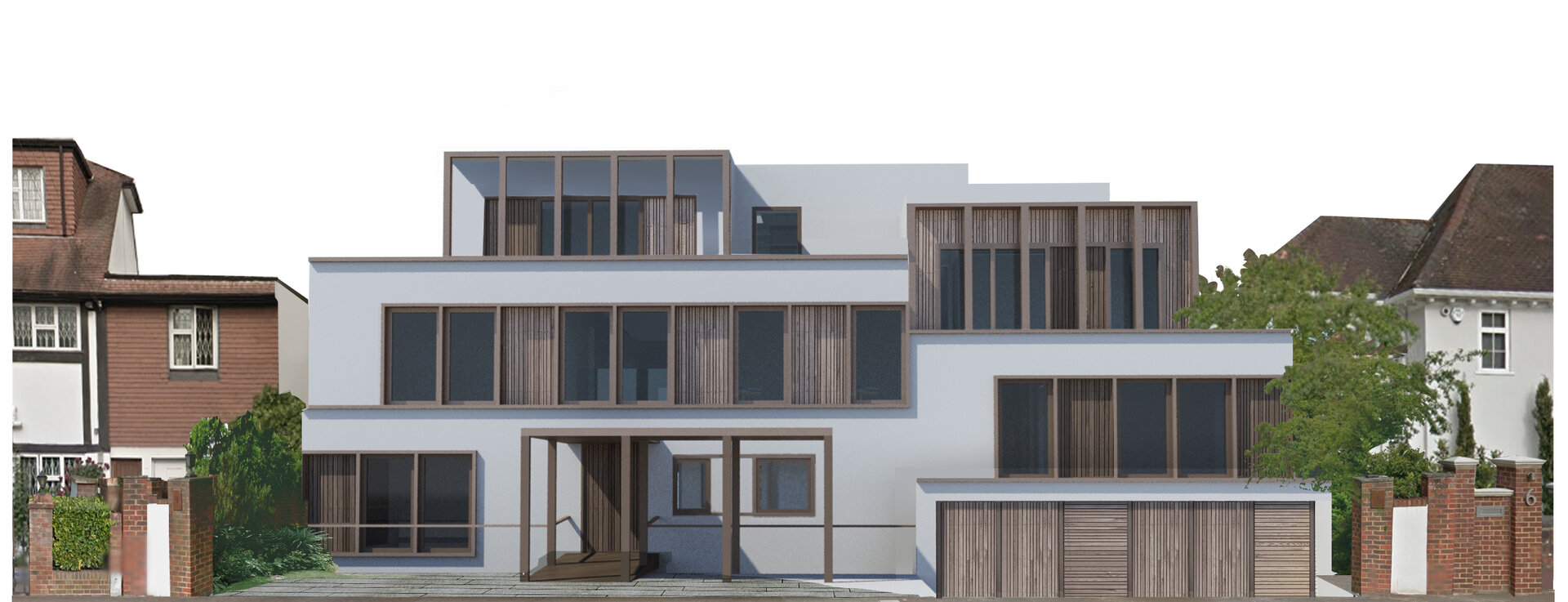What are permitted development rights?
Permitted development rights allow property owners to make certain changes, including extensions, within the boundaries of their own property, without having to apply for full planning permission. Permitted development rights exist in order to help to streamline the planning process, and to ensure that planning officers do not have to deal with unnecessary workload.
Broadly speaking, permitted development rights fall under two categories:
Permitted development rights and change of use
Note that permitted development rights might cover physical changes to a building or change of use. However, there are many examples of change of use which still require full planning permission, even if there are no changes to the structure. If you have any questions, please contact WEA Planning for further advice.
Certain directions and designations such as being in a conservation area or article 4 directions can affect your permitted development rights. Additionally, permitted development rights are often removed or withdrawn for new build developments, especially in backland and infill locations. There are very limited permitted development rights for flats, so once a house is subdivided, these rights are withdrawn. There are also still CIL (community infrastructure levy) implications for any extended areas, even if the right for the build itself is uncontested.
Increasingly, London boroughs are implementing Article 4 Directions to revoke certain permitted development rights. These vary by local authority, for more information about Permitted development rights on a borough by borough basis please view our relevant page, or contact us for advice.
Using a mixture of permitted development and planning applications, WEA Planning devised a strategy to achieve this contemporary house in Ealing.


